September 10th, 2024 | Blog
VELVET 20: “We are proud of the awards, but more proud of the people who have left.”
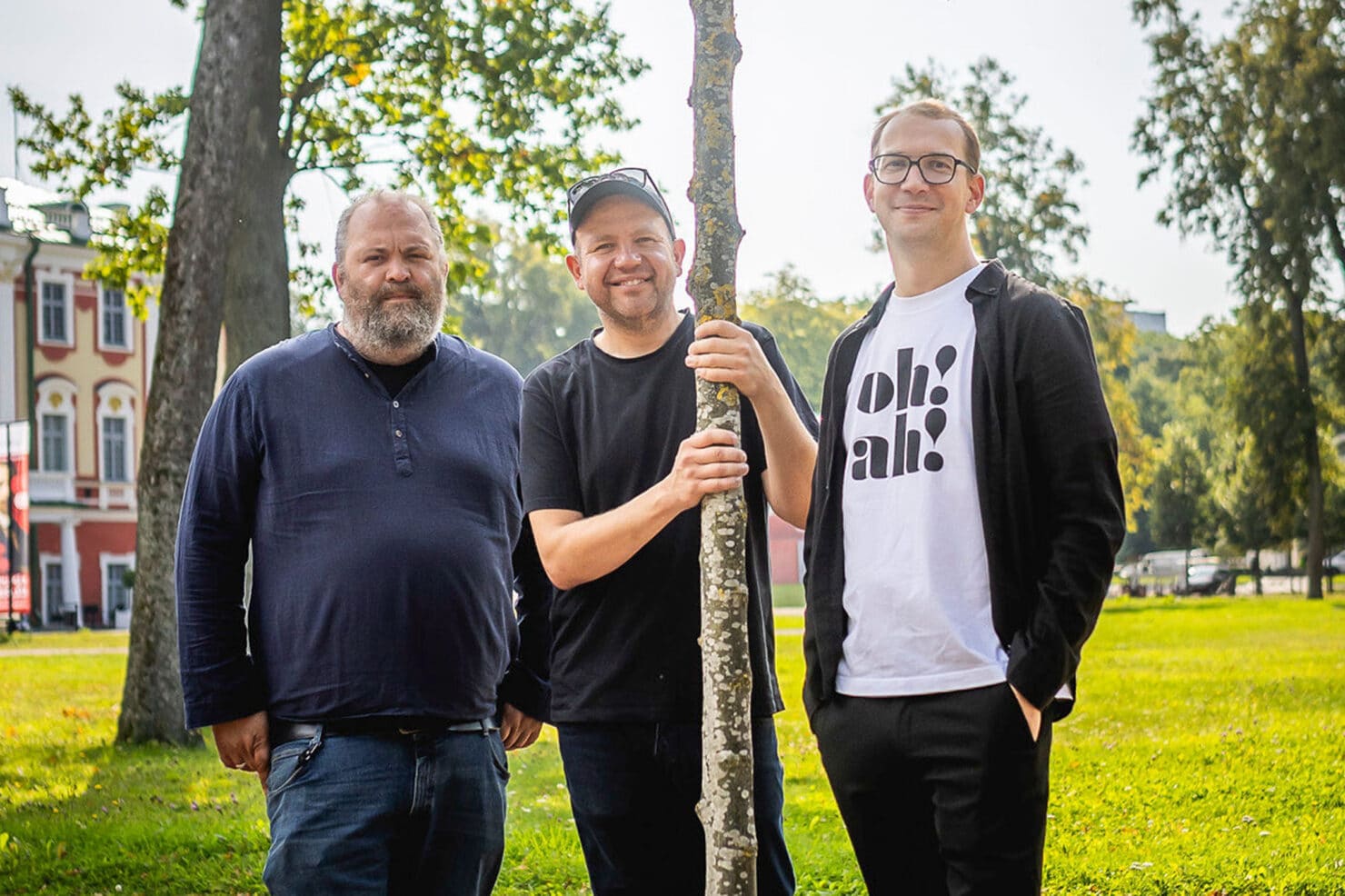
Author: Siim Kera
Interview originally published by Estonian Marketing Association.
“Of course over the years there have been difficult moments when you think to yourself, just shove your Velvet where the sun doesn’t shine, but that has never happened,” says one of the partners, Janno Siimar. Instead, what has come true is that Velvet celebrated its 20th anniversary this year.
In fact, there is no reason to look for a big intrigue in the opening line, because there have been far more good moments than tough ones. “One of our first ideas was to create a company where we ourselves would want to work,” says Janno. “As long as we keep working, wel’ll keep going. But time has gone fast. Everything older than a year feels like one big past.”
In addition to Janno, partners Mart Lankots (by the way, his aunt, a notary, confirmed Velvet’s birth in Pärnu on February 25, 2004) and Pärtel Vurma help recall the past. In honor of the milestone, there has been more reflection on the past this year, and it is clear that Velvet has gone through quite a few eras.
“In the beginning, there was a conscious opposition to advertising agencies,” says Pärtel. “It was a rebellious time when we very bluntly said that we do design, not advertising. We believed that advertising and marketing were all crap. Janno went on stage and said that it’s yesterday’s news.”
“I literally said, ‘Don’t waste money on advertising, invest in design,” Janno slams. “We were 25 years old.”
After that, they were in cahoots with a Creative Alliance, which brought together smaller agencies from different fields. For example, there was advertising and internet marketing, but the group also included a software company.
“For a while, it worked, and then it kind of didn’t anymore,” Pärtel recalls. “After that, we became leaders in the design field. We were responsible and spoke about what design really is – that it’s not just aesthetics, but something weighty and sometimes even scientific.”
Currently, Velvet is once again on the threshold of a new era, but more on that later.
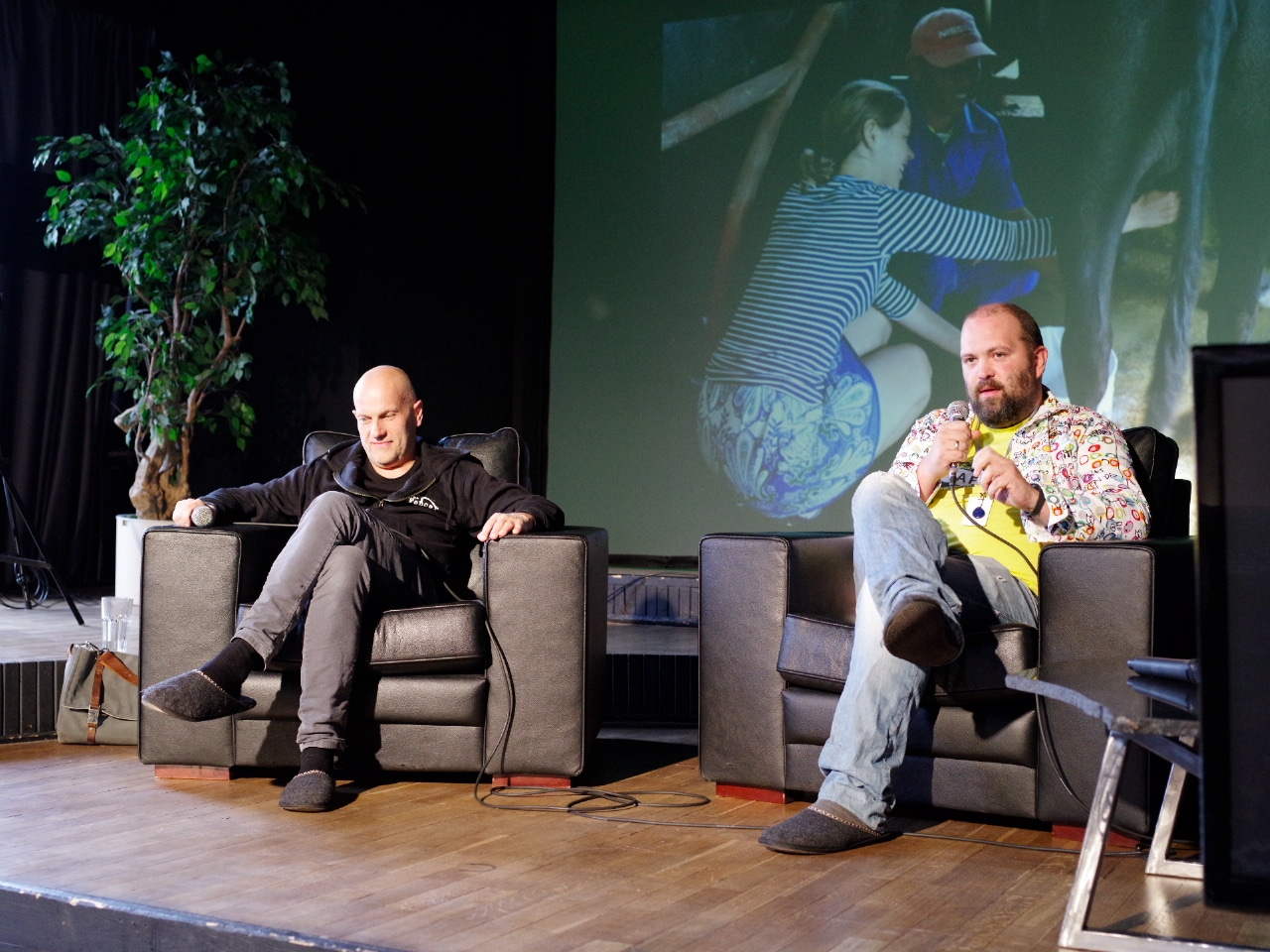
So, you have reinvented yourselves time and time again. In music, or culture generally, it’s the secret to the artist’s longevity.
Janno: Every new album is in a completely different genre. We always carry something over from the old. The drums and guitars have been there from the start, but the music is completely different.
Pärtel: We like to think we invent new categories and and we probably wouldn’t have the patience to stay in the same genre all the time. We were the first to talk about service design as a design field. The first to hire a wayfinding designer, a design researcher, and a sustainability expert in a design agency. There has always been a real need for these roles, they weren’t just randomly invented marketing tricks.
Janno: We see what organisations need. We’ve stepped on our own toes a bit and been ahead of market needs. At first, everyone looks at us like we’re talking nonsense, but then the market catches up.
For me, changes are also a bit of a vanity thing. As they say, if a taxi driver tells you about a stock, it’s too late to invest. If a taxi driver talks about service design, it’s already too late to be innovators.
If you go to a random café in the summer and someone shouts, “Damn, why didn’t you bring me the right mimosa? What kind of service design is this?” — then it’s already too late (smiles).
Pärtel: We’ve been working hard to make design something people understand. There was a headline in Postimees that read, “Car tax is in design.” I posted it to a Velvet chat thread and said, “Guys, something is either going right or wrong when tax design is in the headlines.”
Mart: When we worked on the first projects with Janno, we often designed the templates of Excel tables for advertising agencies. Seriously.
Janno: That wasn’t all we did, but it was one part of it. We also made flyers for a brothel.
Mart: Of course!
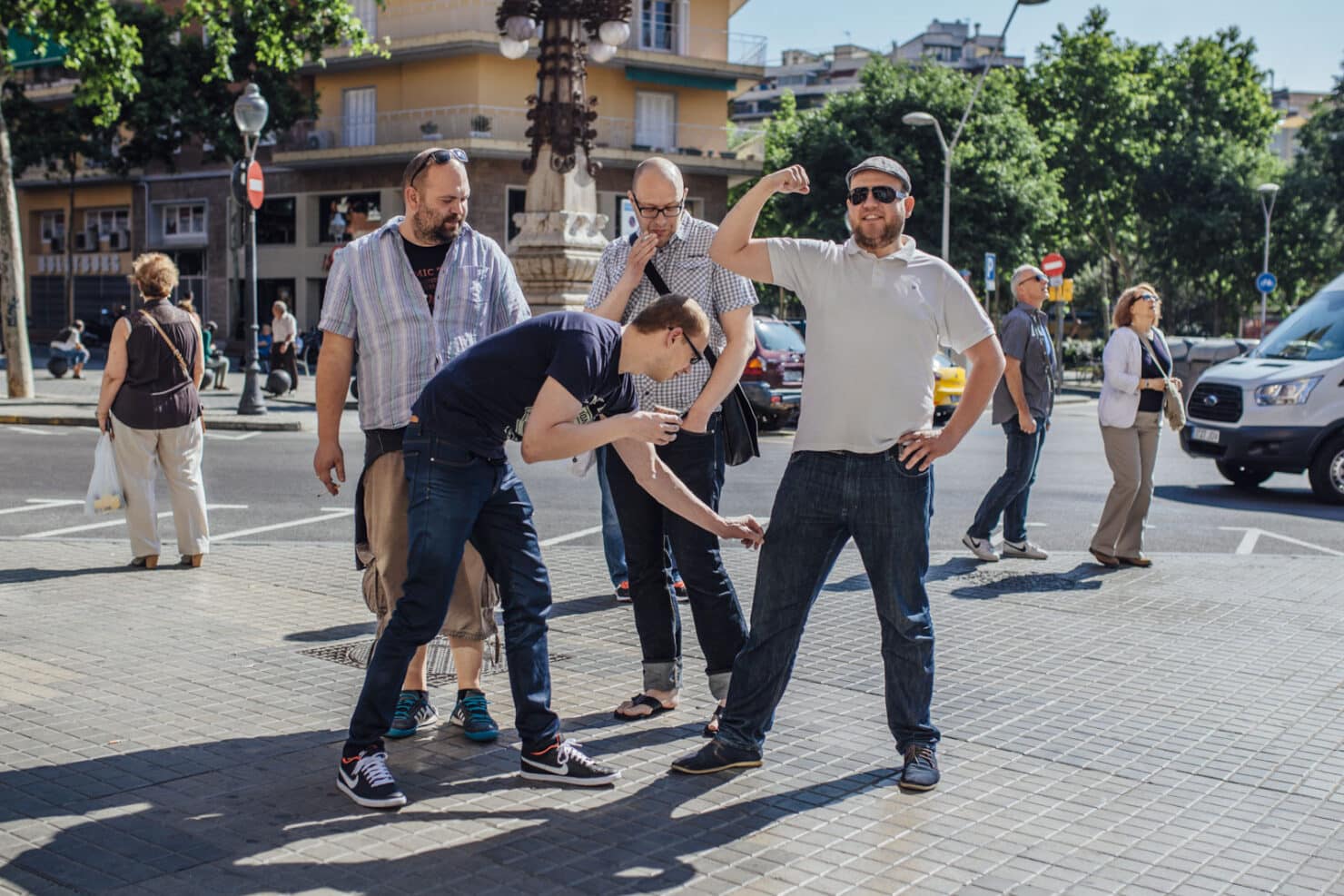
I have a sense that Velvet is both small and large at the same time. A larger agency in Estonia, but there seems to be the mindset of a small agency.
Pärtel: It’s interesting you say that Velvet seems both small and large at the same time. I understand what you mean, but no one has ever put it that way. Four years ago, Silja Oja wrote an article for TULI and asked how you’ve managed to make everyone who has worked at Velvet speak warmly of it. Velvet seems to be a place for creating identity.
I can’t really say. A lot depends on the culture, which is one of the company’s foundations. It’s not just about coming to work here, there’s something more. We have a list of everyone who has worked here over the past 20 years. There are 150 of them.
Janno: We call them alumnis. They are alumni, not former employees. A large part of them agree that Velvet has been a part of their life education. People change here. When we started, our collective name was a “rehabilitation center for sole proprietors.” For the next 10 years, we were a “rehabilitation center for designers and creative directors from advertising agencies.”
Pärtel: In an advertising agency, deadlines are always looming. At some point, otherwise brilliant minds get tired, and they come and work at a design agency at a somewhat calmer pace.
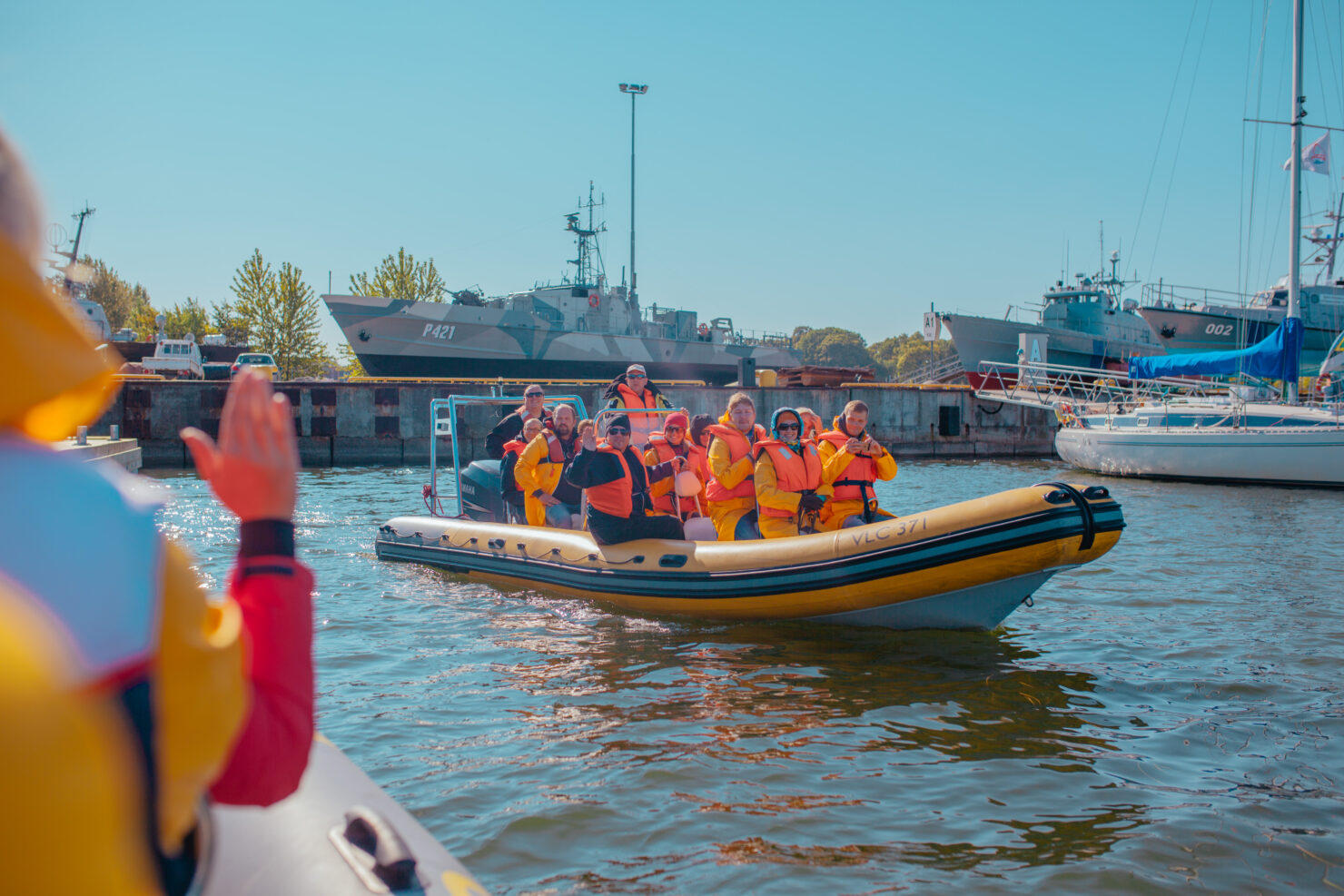
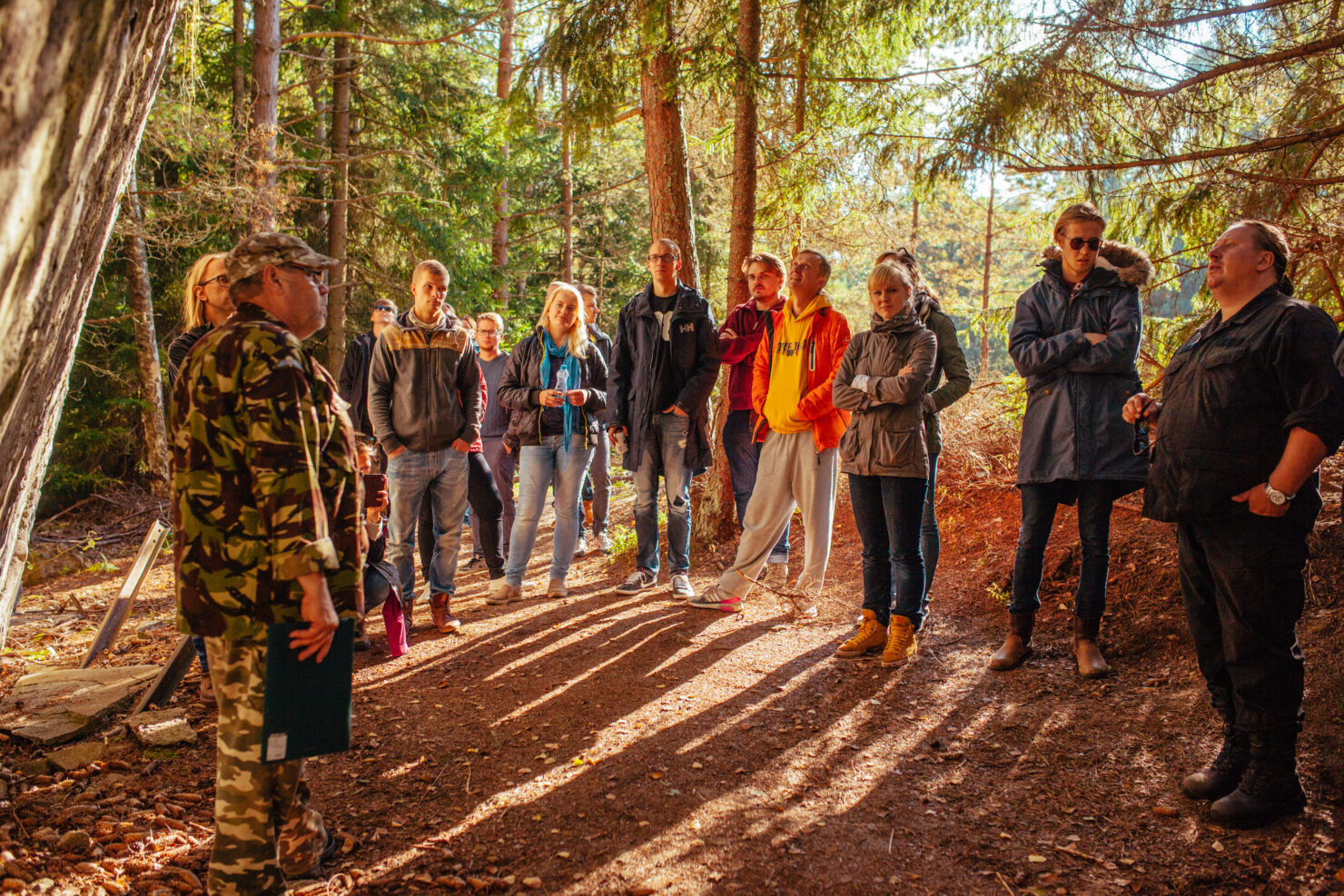
Creative people have their quirks. How do you manage so that everyone is satisfied? You must be doing something right if you’re remembered mostly positively.
Pärtel: The foundation is that we treat people as they are. We take their unique traits into account. Empathy first is our principle. At the same time, we don’t forget about the work. One of our values is that design is a job. You come here to work, and you have a role and responsibilities. We don’t just remain a rehabilitation center.
Janno: Quirks are the superpower of creative people. If we wanted to force them to be the same, then… By the way, there are no more quirky people in this building than the three of us. They can jump around, but they’re not as strange (everyone laughs).
Mart: There are no people with as much patience as the three of us in the Republic of Estonia. In reality, you need to hire people who are like you. There have been attempts to tame different personalities, and those have been good lessons, but my philosophy is that you can only work with people who are enjoyable to be around and have similar attitudes. And patience is necessary! You must have boundless faith in people.
Granting personal freedom has been very important to us. Often, people come to work expecting some sort of rules, commands, and prohibitions. We’ve never laid out anything in advance. People often get confused by this.
Janno: Sometimes we bump into the issue of people asking for job descriptions. We ask for them ourselves sometimes. Basically, my job title is simply Janno! That is my position. It’s somewhat impractical because if Pille comes in to replace me, she is Pille, not Janno. But discomfort and impracticality have become part of our fabric.
Mart: We are attentive and caring towards people. This might be why you perceive Velvet as small. Small is actually personal. You’re not interacting with a company, you’re interacting with people.
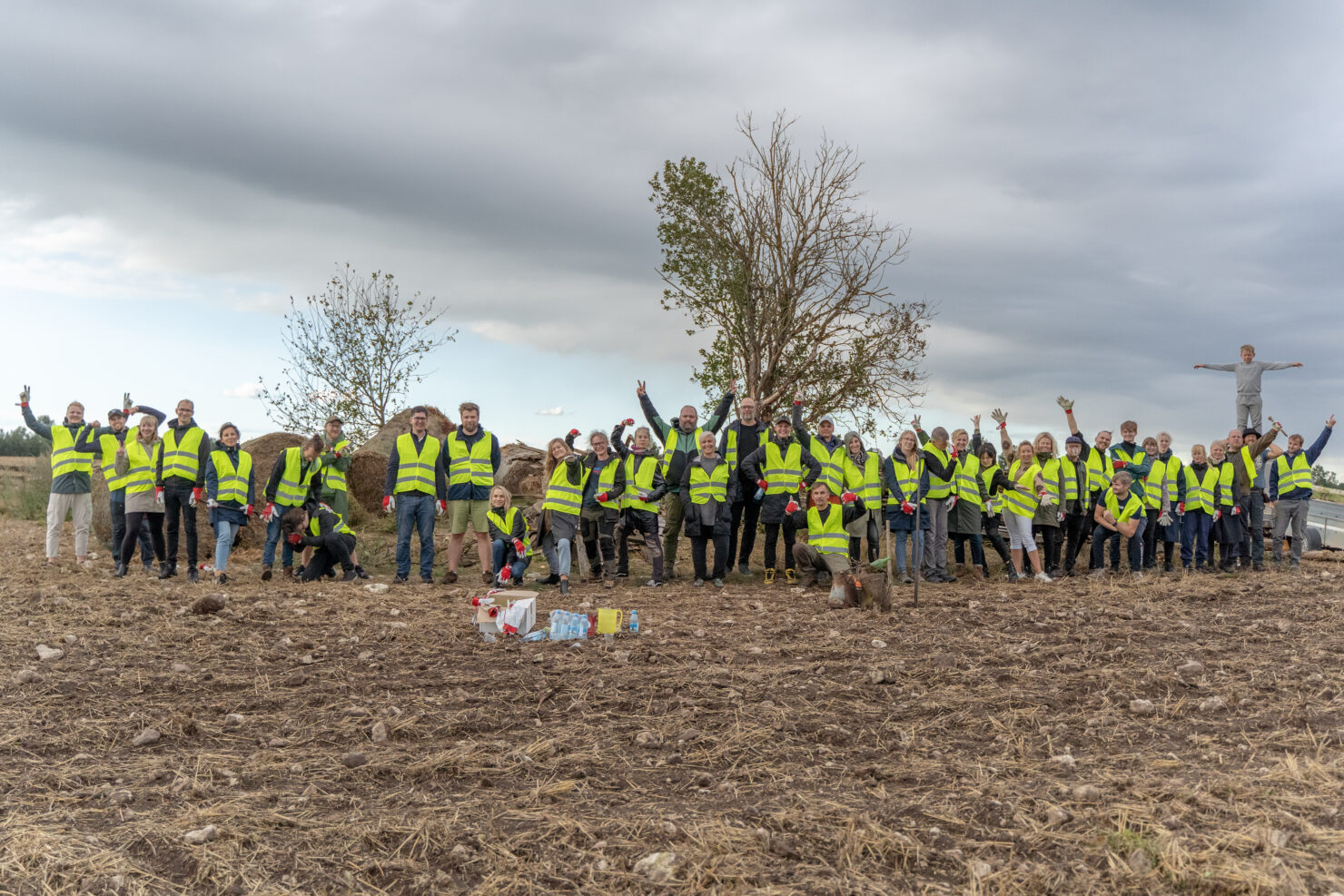
Janno: To paraphrase Jürgen Klopp: “it doesn’t matter who you are, when you come here. What matters is what kind of person you are when you leave.” This is what we are most proud of. There might be only two people we haven’t let through the door (laughs).
Mart: Well, well, well! I’d like to hear those names!
Janno: No one has ever had such a falling out that we couldn’t get along with them as people. All 150 alumni were invited to our anniversary, including those two! Before the celebration, we considered whom to invite, and with some, there were questions, but we thought, “Oh, damn it, let’s invite them anyway. How long can you hold a grudge?
We are proud of having Golden Egg awards on the wall, but we are even prouder of the awards our clients win and the people who have moved on. They have started their own agencies and companies, some lead national design thinking, while others run schools.
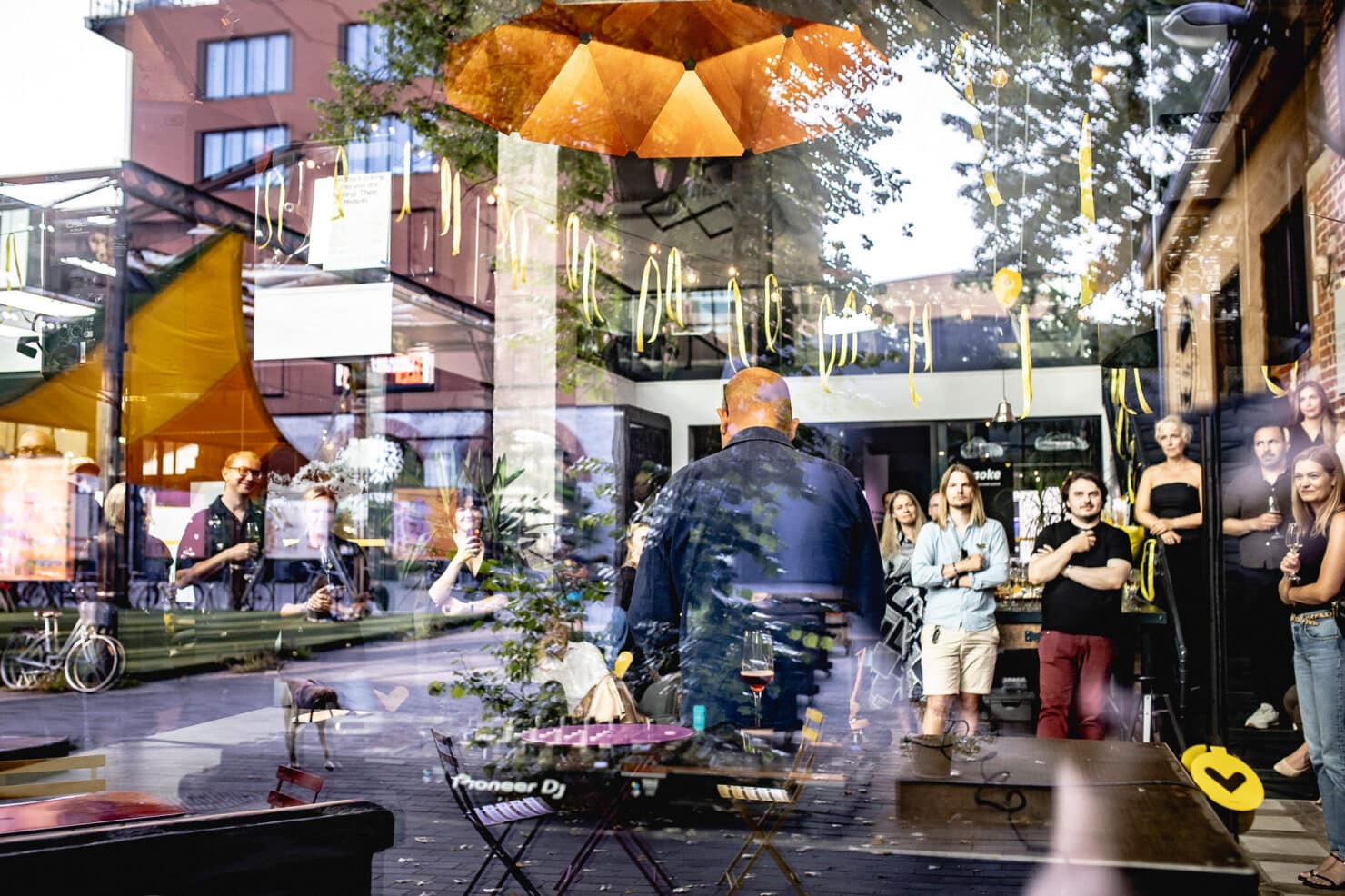
You are a growth incubator.
Pärtel: It’s really cool when someone moves to a different field and brings design thinking with them, enriching the new field. Ivo Visak went straight from here to lead the Saaremaa State Gymnasium.
We used to say, go anywhere but not to an advertising agency. Honestly, seeing where some of our former colleagues have gone, it’s clear they’ve brought additional experience with them.
Currently, you are undergoing yet another transformation. A new company called Kosmos Ruumidisainerid (Kosmos spatial designers) has emerged from Velvet’s environmental design specialists, led by Mart. I understand that many think you had a falling out because Mart is pursuing something else, but that’s not the case.
Janno: It’s not the case. Kosmos’s main service is to conceptualize physical and semi-physical spaces. This has been one of Velvet’s services since relatively early on. There was once a vision that space is a part of the brand and needs to be used to support the brand. In recent years, we can say that space is more than just a brand carrier. It’s where people move, where energy and information flow.
Now we believe in it so strongly that we understand Velvet’s scope is becoming too small, and we need to speak loudly about it.
Mart: And Velvet has sent one of its sons. Me!
Janno: Not a son, a brother! The topic needs separate attention, a separate cannon to shoot with. So far, this topic hasn’t been taken very seriously in Estonia.
Mart: Yes, I can be the cannon or the engine, but the idea wouldn’t take off without the seven bright and talented companions with whom we’re starting this journey. But it’s true, such a service doesn’t currently exist in the Estonian market.
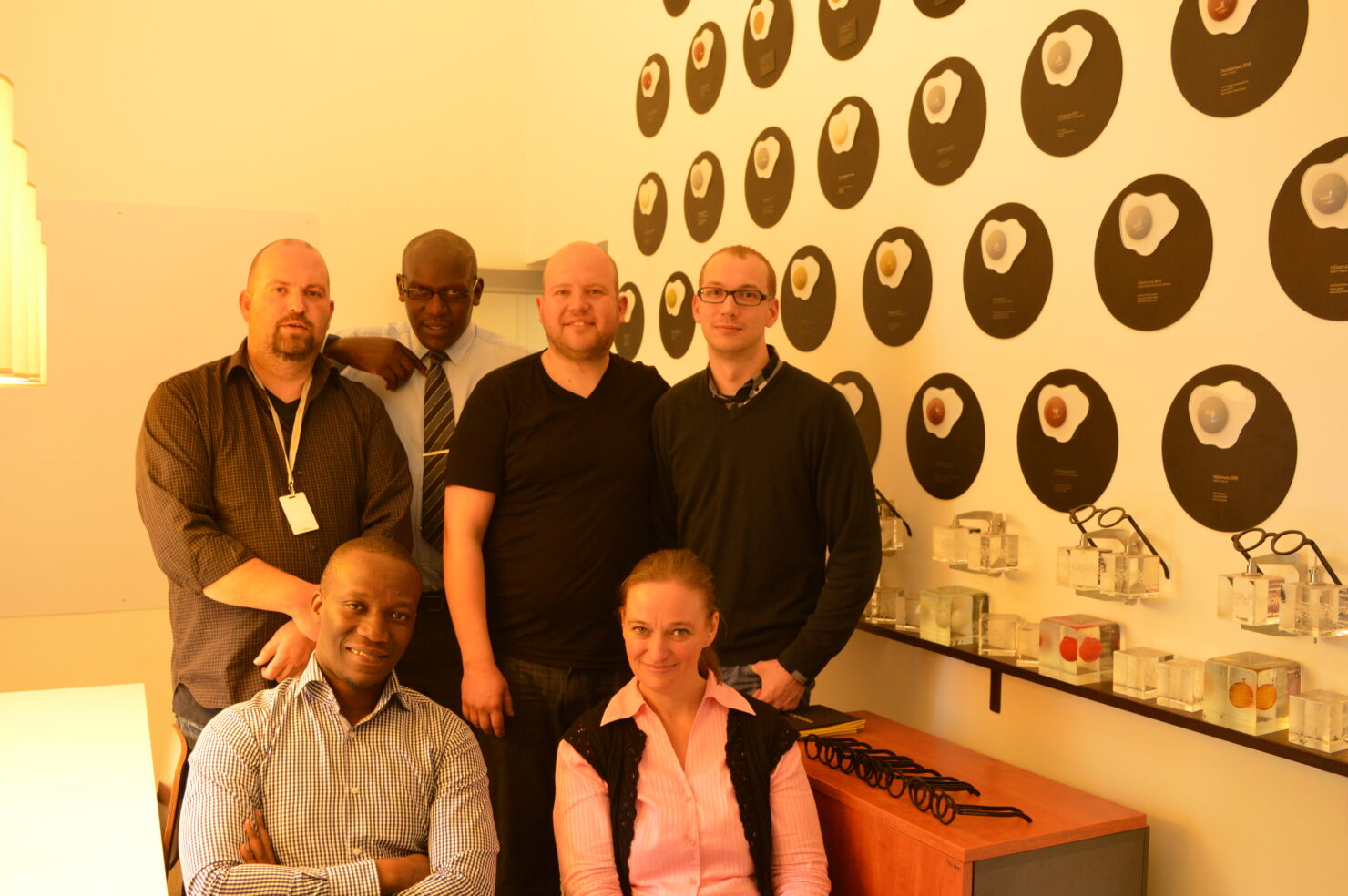
So, what does it mean exactly? I read that it’s leading or managing people in public spaces.
Mart: Previously, things went like this: when a real estate developer starts planning a building, they establish some sizes and capacities, create a business plan based on that, prepare a profit and loss statement, and then negotiate with the bank for funding.
Then they might think about including, for example, a hotel, spa, or shop, and announce an architectural competition. An architect will then design the building accordingly. After that, they start thinking about what services might be needed.
Our interest and goal is for the developer to know from the start who the end users are, what their needs are, what kind of hotel or spa we are creating, and for whom. Is there even a market? We take the end-user information, which is usually addressed at the end, and bring it to the beginning. We provide the developer with a concept, allowing the architect to design a space that meets the objectives.
Janno: In the past, a person would go to school, learn to be a carpenter, make a chair, and then aggressively wait for someone to buy it. This has changed in branding, design, and the web. No one will start anything if you don’t know who you’re creating it for and who you need to influence.
In real estate, it’s still the old way — build the house and only then think about who will move in. Eventually, someone will move in, but will they feel good there, what will they achieve, and what does the space mean to the city? These are things that need to be considered much earlier.
If you think about it too late, the city will be filled with some kind of junk where no one wants to be. And it already is. There’s no need to do it that way anymore.
Our official purpose is to help ambitious people change the world, but unofficially – Pärtel doesn’t like this – is “unfuck the world or die trying.” Essentially, we’re trying to put the shit back into the cow. There’s no point in filling our already limited space with concrete.
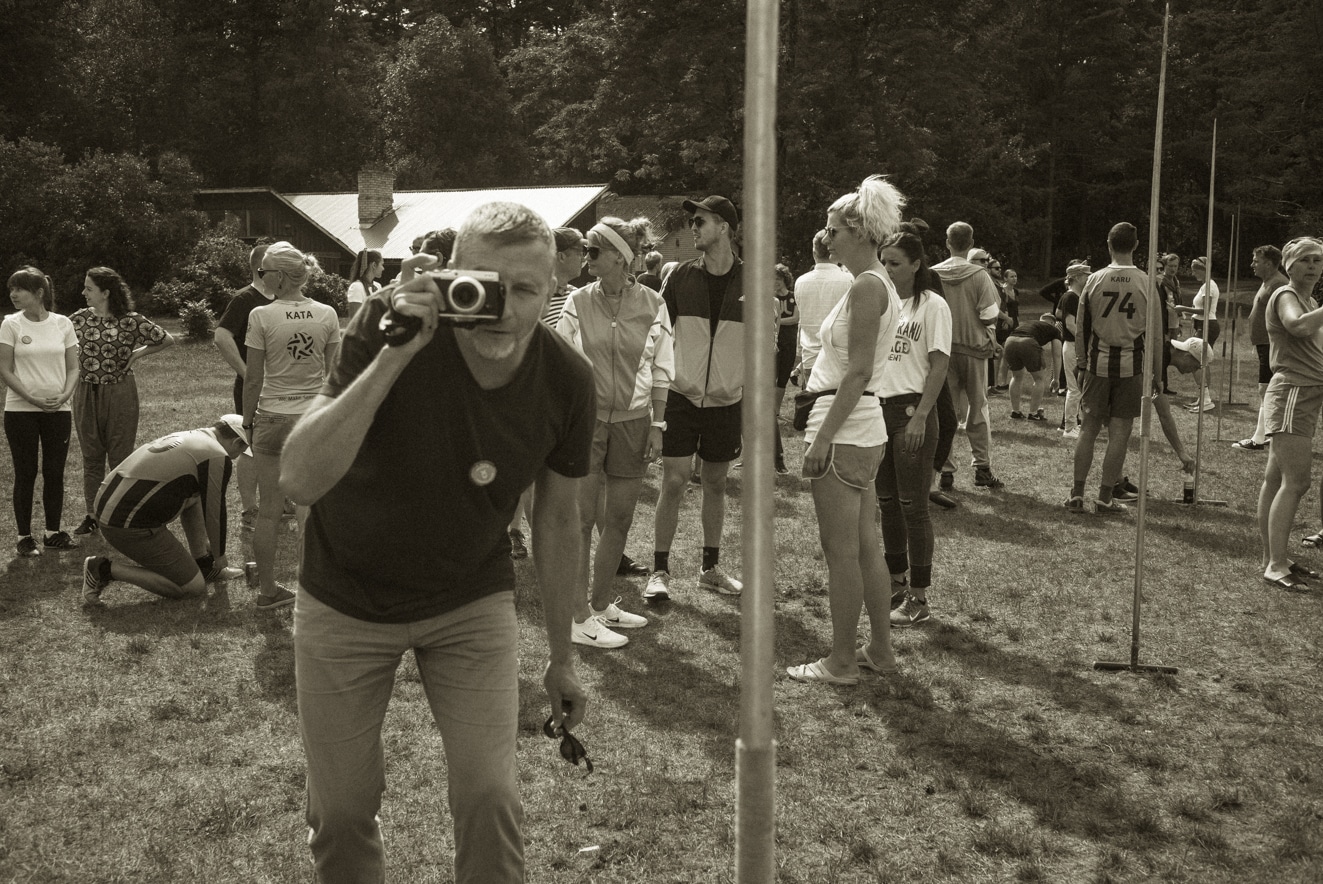
Quite like an architectural firm vibe.
Mart: That’s accurate, but Kosmos is not an architectural firm. We don’t compete with them, we collaborate. Essentially, we operate in a new category that falls between design and architecture. We’re integrating user-centered design into architecture in a very powerful way.
Urban space is a separate issue. It inevitably is influenced by who governs the city, but of course, the city is one of the largest ecosystems you can work with in this field. A city consists of parts, districts, and buildings. That’s where everything starts. Change can be made through incremental steps.
Mart (continues with visibly growing passion): I truly want people to feel good and supported in their environments. I want to give developers confidence that through kindness and empathy, it is possible to change environments so that everyone feels genuinely comfortable. There are dozens of situations where I feel that the space wasn’t designed for me and doesn’t support me.
Janno: Every parent can recall their child’s last birthday, sitting on a chair with 20 cm legs from IKEA, eating a cake in a playroom that was absolutely not designed with them in mind.
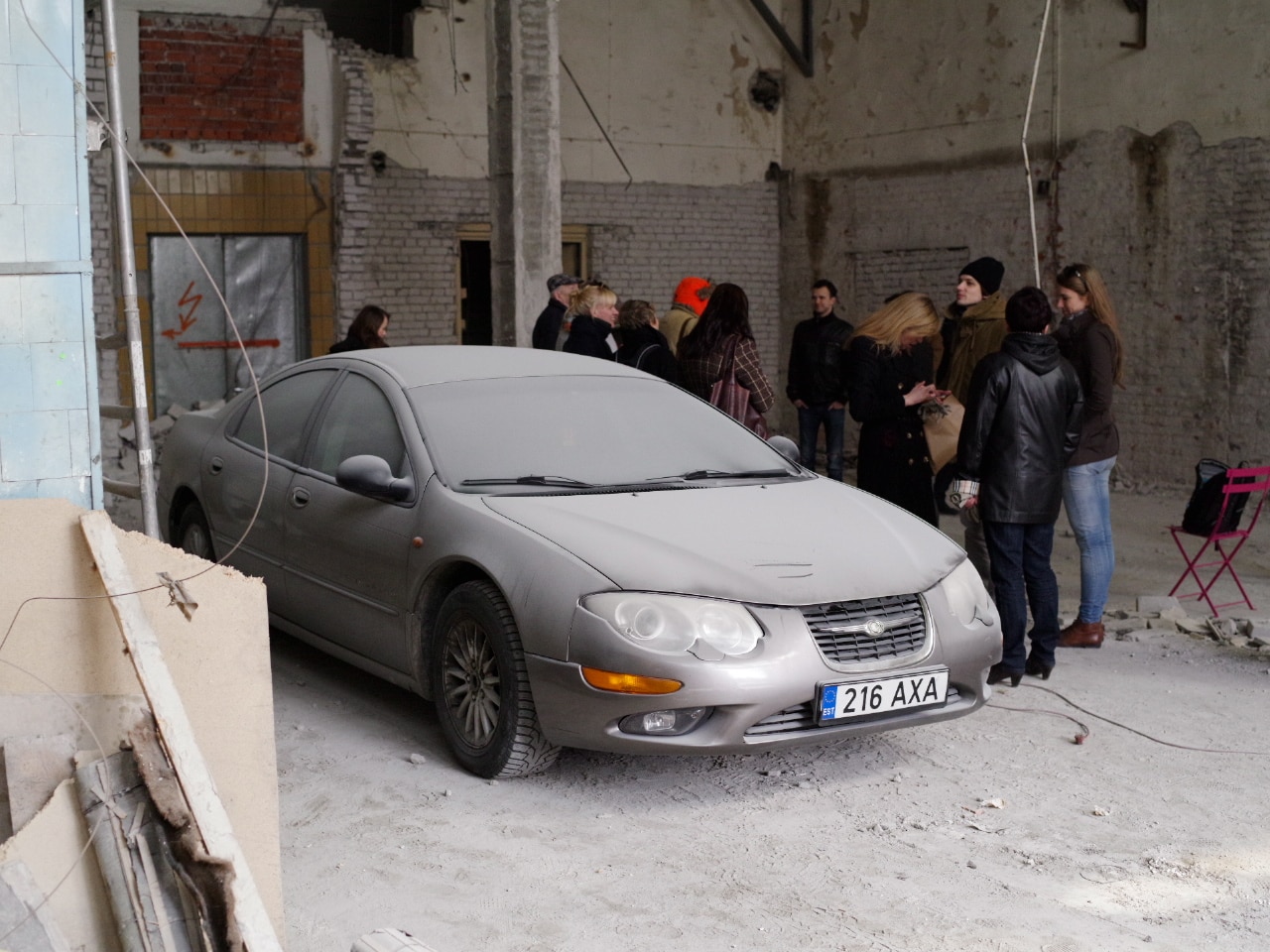
It seems that in Estonia, there is also a growing focus on living environments. Why has this been on the back burner?
Janno: We like to say that ESG (Environmental, Social, and Governance) is coming up and things will start being demanded, but a person should be a good person before it becomes a requirement, before it becomes mandatory. This service isn’t cheap, and thinking differently isn’t cheap, but you need to consider what you are contributing to the world. When you think it through, everyone benefits.
Pärtel: Creating valuable space isn’t necessarily more expensive, but it requires a lot more thought and effort. It’s been said that Estonian architecture is what it is because money used to drive decisions. In my opinion, it was more about laziness or ignorance. With the same amount of money, you can create excellent spaces.
Janno: Our general philosophy is that in a crisis or post-crisis period, when people are not quite sure what to do next, the only wrong way to proceed is to continue doing things the way they were done before.
It’s a Machiavellian situation where those who are paid for maintaining old ideas oppose new and good ideas. There needs to be some resistance to this. That’s our job.
It seems like the right moment, as people are becoming more aware of where they are and how space affects their well-being.
Janno: The market has changed. Today’s generation of entrepreneurs is more capable of listening to others. Previously, money and ego drove decisions. The leader would say, “My money, my decision, my responsibility.” Now people have realized that they might not always be right and that there is wisdom to be found elsewhere.
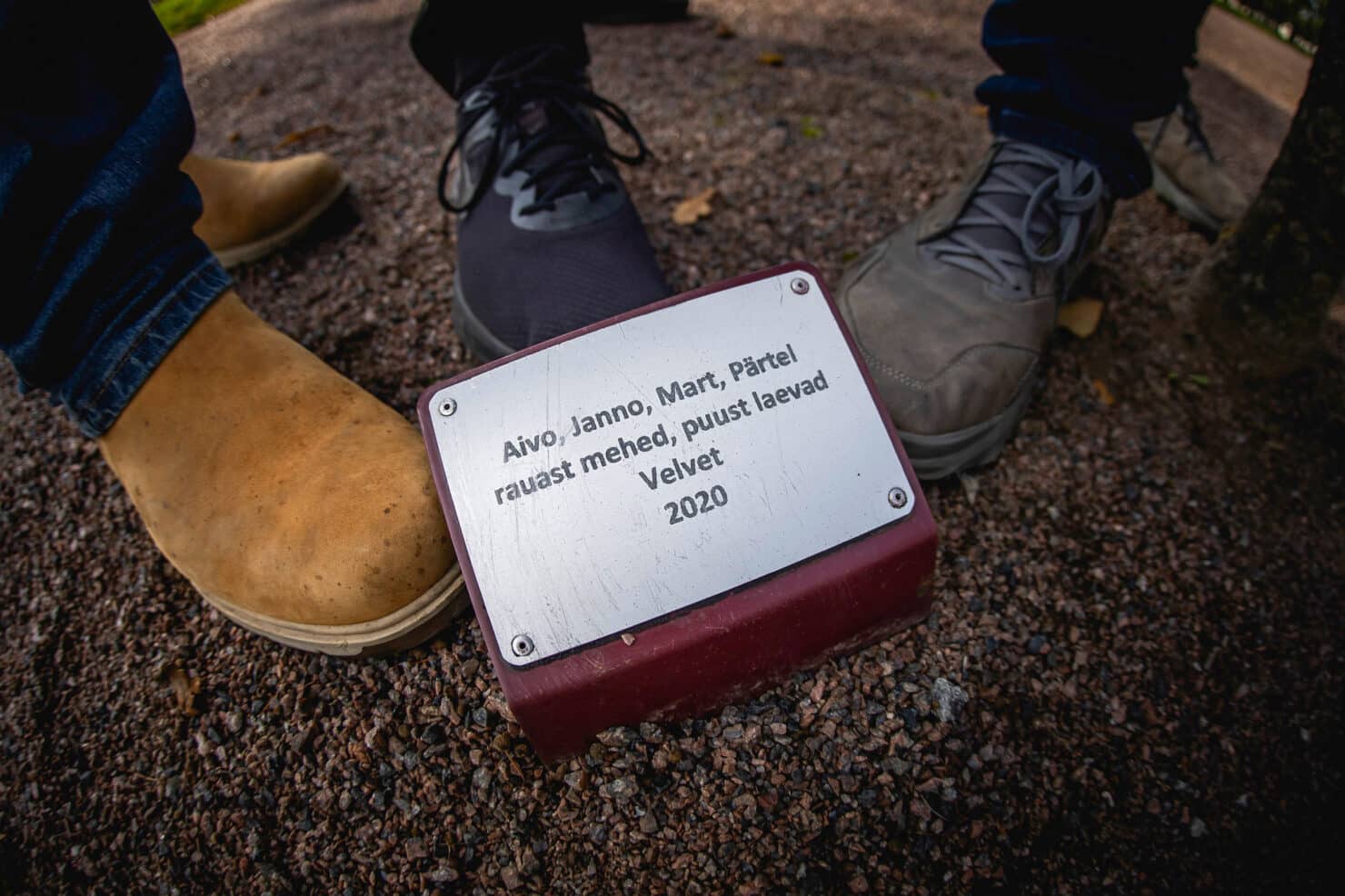
We’ve talked about the new category of spatial design and Kosmos as a new creator of quality. What kind of future will the 20-year-old Velvet have, and what could be the next category to be created?
Pärtel: Looking forward, we are still designers through and through in the sense that we investigate what our clients need and value when making decisions. It’s not a surprise, but it’s an important realization that clients greatly appreciate when we understand their business, act as a strategic partner, and essentially become a part of their own organization.
Clients are not yet accustomed to requesting and receiving such a high level of service from a design agency, but our preferred collaboration model would be offering the service of design lead. This would help a company first identify areas where design implementation could have the greatest impact.
We are ready to measure and prove this impact with numbers. If you want to optimize costs or increase profits, involving a designer to achieve that seems like a secret weapon that many have yet to discover.
Janno: Most companies come to us with a desire for something specific – like a website or a visual identity. We call these tangible outcomes. When a client comes to us and says they want to buy a tangible thing, we actually want to move away from tangible outcomes. We see from our clients and trends that tangible things are no longer necessary. They start to age as soon as the designer hits the save button.
You never know exactly what challenges you might face tomorrow. You don’t really need a brand book, you need the capability to communicate, receive information, and process and share it like an adult. You need to adjust your responses based on context, not based on what some creative director wrote in a brand book ten years ago.
Our service is to develop our clients’ capabilities to achieve things they cannot with their current resources. We create these capabilities through necessary knowledge, experience, habits, or new tools.
We are not saying that websites and brands will no longer be needed in the future, but they are just two of many universal, yet old-school tools in a large toolbox. The world is broader than that. The ability to choose and use the right tool is crucial for a company’s success.
We’ve praised Velvet quite a bit in the interview. Have you missed out on anything?
Mart: It’s like in a job interview when they ask about your weaknesses, and you say, “I’m too honest and kind.”
Pärtel: That’s a really good question, whether we’ve missed anything and failed to jump on the bandwagon. Our history is documented in the famous Fuckapedia book, which means that to have made that many mistakes, we must have taken quite a few risks. As you can see, we don’t want to miss this current crisis either, so we’re making changes that make our lives uncomfortable enough to keep pushing.
Janno: It’s actually a very stupid question considering everything we’ve discussed.
Madis Ots: Velvet has something without which you can’t achieve anything in the creative field
“When Velvet was founded, I was both surprised and not surprised,” writes Salama partner and creative director Madis Ots. “I wasn’t surprised because the addition of a design agency wasn’t exactly sensational news. But I was surprised because Janno – the only one of the four founders I knew only briefly at the time – had previously worked at a company focused on industrial automation. And now suddenly, design – undertaking such a change drew attention. As did the declaration that Velvet is and will remain 100% a design agency, not a part-time advertising agency, as was relatively common at that time. The rest, as they say, is history.
What has stood out to me alongside Velvet’s dedication and accomplishments is something without which, in my opinion, you can’t achieve anything in the creative field. With all the Velvet people I’ve interacted with over the years, both professionally and personally, one crucial criterion is met – they are wonderful people. I’m convinced that in creative work, it’s not enough to be talented in your field. This is a people business, and it must be enjoyable to work with them. Velvet has that – certainly for the next 20 years.”
Explore work done over the two decades here or hit us up for collaboration ideas.